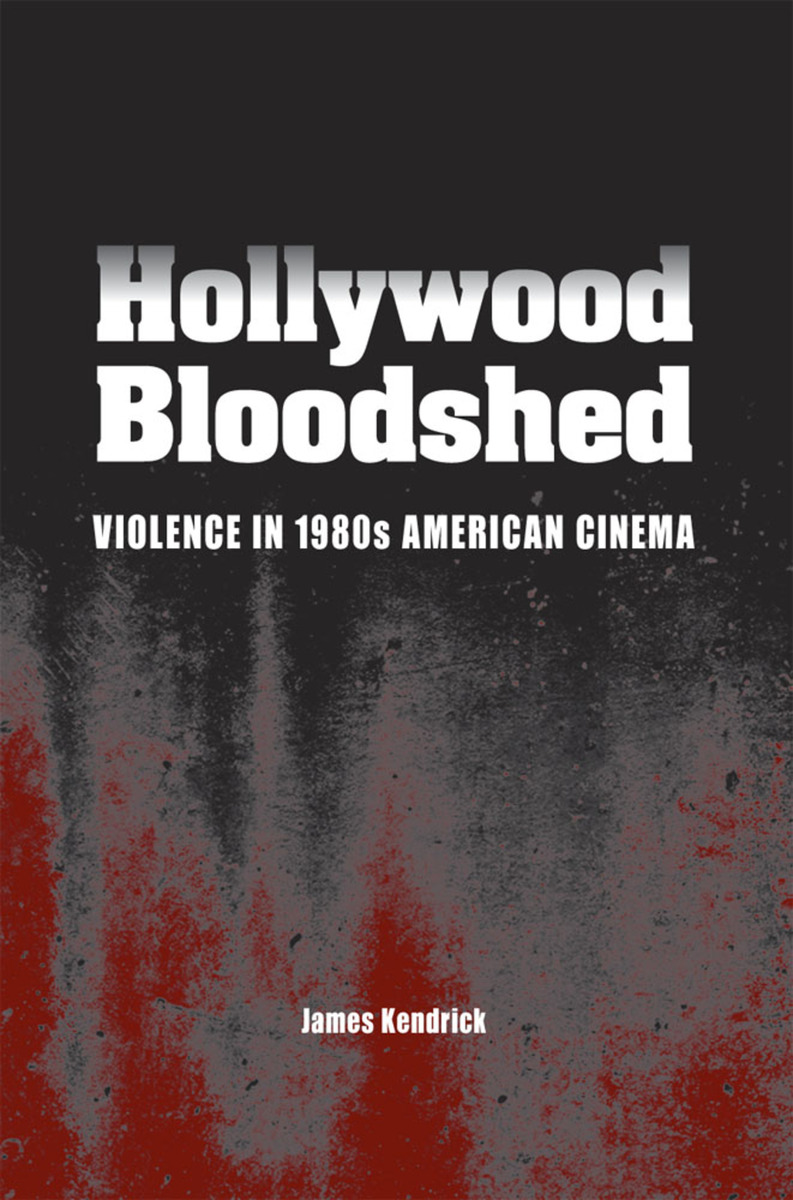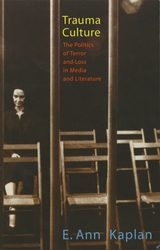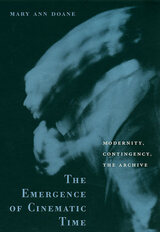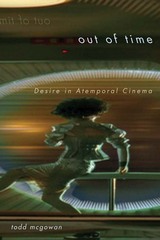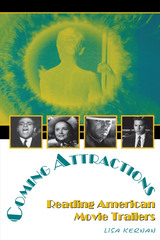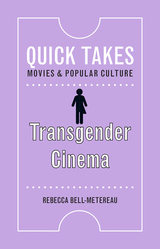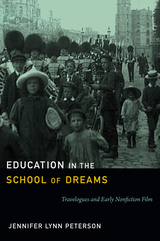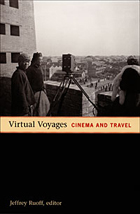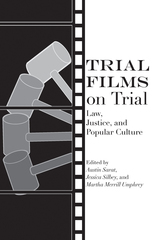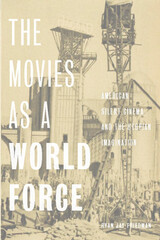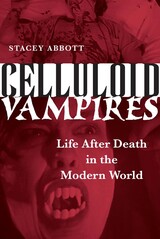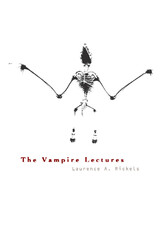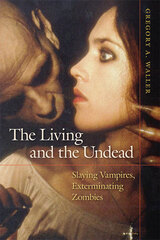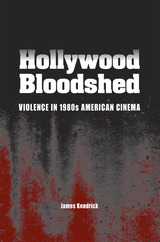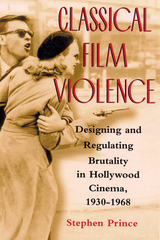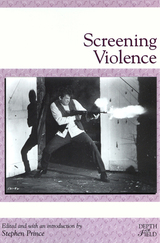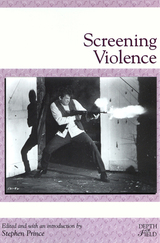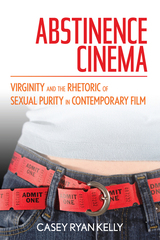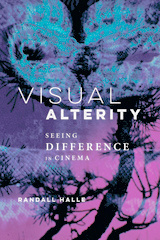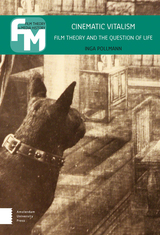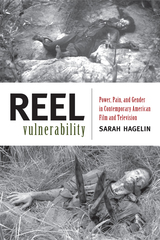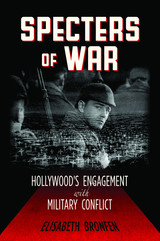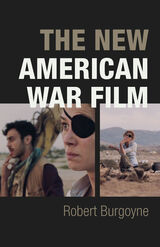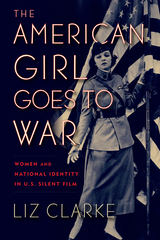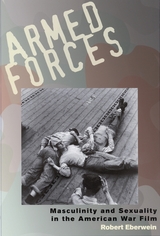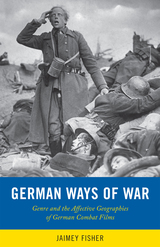Much ink has been devoted to the differences between 1970s and 1980s American cinema, most of it (in the form of books like Peter Biskind’s Easy Riders, Raging Bulls) focusing on the shift from socially conscious, morally ambiguous character studies (The Last Detail, Taxi Driver, etc.) to conservative, big-budget blockbusters (the Indiana Jones sequels and the Don Simpson-Jerry Bruckheimer/Joel Silver-produced shoot-’em-ups). James Kendrick’s Hollywood Bloodshed: Violence in 1980s American Cinema zeroes in on this transition as well, but from a more specific (and, in comparison with Biskind’s gossip-driven tome, more sophisticated) perspective. He compares and contrasts the presentation of screen violence in the ’80s with that of prior decades and examines what it says about American culture in the age of Ronald Reagan. The result is not only one of the best film books of the year, but also a superb piece of social commentary, a volume that ranks alongside Robin Wood’s Hollywood From Vietnam to Reagan and Jonathan Rosenbaum’s Movie Wars as an all-time great study of the intersection between movies and the political climate they both reflect and influence.
Kendrick begins with a brief history of violence in American movies, with particular focus on the period when the Motion Picture Association of America’s rating system came into being, allowing directors such as Sam Peckinpah and Arthur Penn the freedom to represent violence more graphically than ever before. As the author notes, The Wild Bunch and its progeny — films including Taxi Driver and Apocalypse Now — used violence to discomfort and provoke the audience; this was in stark contrast to the violence of the ’80s, a period during which films were just as graphic but in which the violence was drained of its intellectual and emotional power. As the decade began, William Friedkin’s Cruising, Brian De Palma’s Dressed to Kill and Sam Fuller’s White Dog — all films ideologically and aesthetically aligned with the 1970s — met with storms of controversy and protest that scared the Hollywood studios away from the kinds of challenging films they had funded only a few years before. Friedkin and Fuller were marginalized by the industry, and although De Palma continued to direct incendiary works like Scarface and Body Double, his greatest commercial success came in 1987 with The Untouchables, a film that erased moral shades of gray in favor of an almost comically extreme universe of good and evil.
Kendrick sees Cruising, Dressed to Kill and White Dog as the last gasp of an era and spends the bulk of his book studying the kinds of films that replaced them. He begins with the “pure action” genre as represented by Simpson-Bruckheimer productions, including Beverly Hills Cop and Top Gun. These movies embodied the spirit of Reagan’s “morning in America” in that they celebrated winning and self-confidence at the expense of all other values. The “losers” (Simpson’s word) of earlier genre films like Chinatown were replaced by “winners,” whose moral and physical superiority was never challenged or questioned. These films celebrated Reagan’s popular belief in American supremacy (a philosophy that was either inspiring or psychotically solipsistic, depending on one’s political persuasion) and thus avoided controversy even though, in terms of sheer body count and bloodshed, they were just as violent as anything that had come before. The cultural shift is best understood via Kendrick’s case study of Red Dawn, a World War III fantasy that began as a Lord of the Flies-inspired allegory and was consciously transformed into a conservative, anti-communist, underdog story.
The section on Red Dawn exemplifies what makes Hollywood Bloodshed a landmark work: it seamlessly combines meticulous research into production history with cogent aesthetic and social analysis. Throughout the book, Kendrick unearths details about individual films and filmmakers that will be surprising even to the most learned historians, and he consistently offers critical assessments that are original and provocative. He also refuses to settle for oversimplifications, acknowledging the changing presentation of cinematic violence in the 1980s was far more complicated than a simple shift from a radical to a conservative ideology. His refusal is most obvious in his chapter on Vietnam films, which brilliantly contrasts feel-good-event movies like Rambo: First Blood Part II and the Missing in Action series (films in which America was permitted to rewrite history and “win” the Vietnam war) with more troubling pictures such as Platoon and Casualties of War. The book’s passage on Rambo is particularly illuminating, especially when Kendrick compares the sequel with its ideologically opposite predecessor, First Blood — a movie that has a lot more in common with Taxi Driver than it does with its own sequels.
Although some of the Vietnam films represent an exception to the overall arc of violence in American movies of the 1980s, for the most part, Kendrick convincingly argues, violence became oddly comforting in a decade in which audiences wanted to sweep the psychic pain of both the past (Watergate, race riots, Vietnam) and the present (Iran-Contra, AIDS, growing economic inequality) under the rug. Hollywood Bloodshed makes the case even graphic slasher flicks like the Friday the 13th series played into this ideological movement, partly through the emergence of fanzines such as Fangoria. By exposing the tricks behind the gore and making celebrities out of special-effects-makeup artists like Tom Savini and Rick Baker, Fangoria, in its own way, made violence safe and palatable — a sharp contrast with the shocking brutality of 1970s assaults on good taste such as Wes Craven’s Last House on the Left and Tobe Hooper’s The Texas Chainsaw Massacre. Kendrick scrutinizes this transition with the same scholarly rigor he applies to war movies and action extravaganzas and wraps his book up by addressing yet another shift, that between the American cinema of the 1980s and the return to a more ideologically complex form of violence represented by Quentin Tarantino, David Fincher and others in the following decade. This brief epilogue makes one hope Kendrick will eventually write a follow-up volume to study the new wave of cinematic violence; for now, however, Hollywood Bloodshed is more than enough.
